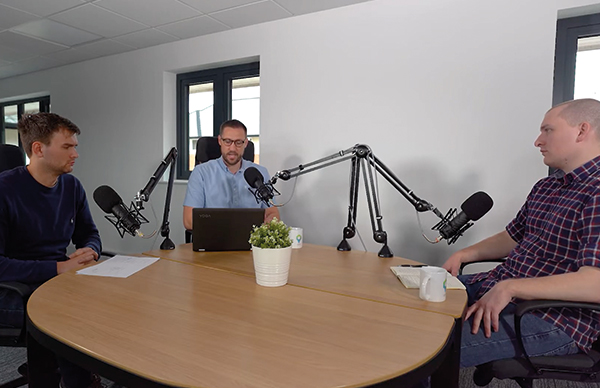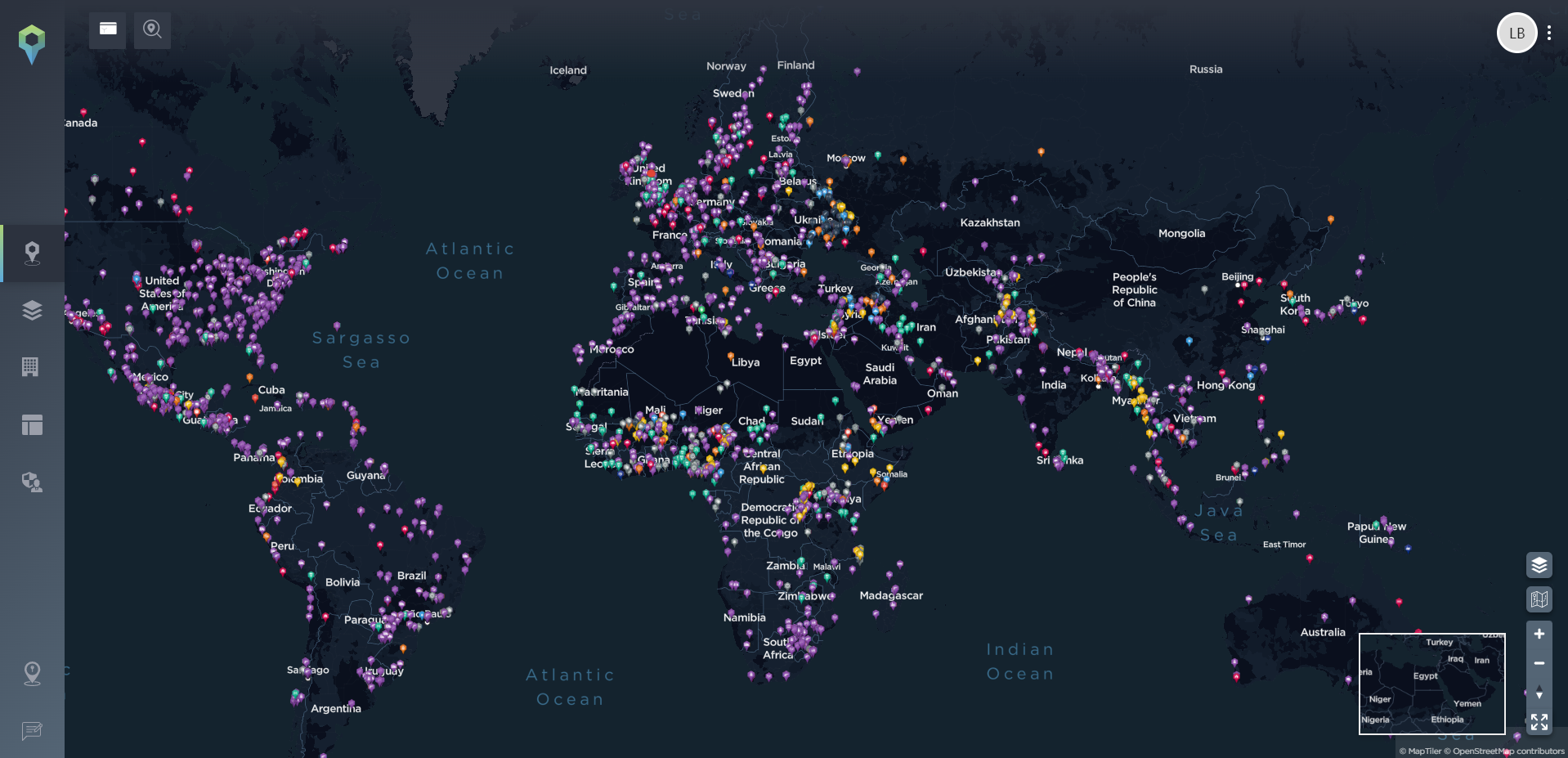Far-right extremist manifestos: Themes, influences and contradictions
The ways in which far-right manifestos have influenced others and inspired a cycle of violence, as white supremacist and right-wing extremist attackers copy, cite and credit those that have gone before them.
Far-right extremist attacks
Throughout the spring and summer of 2022, a number of shootings in the United States focussed attention once again on far-right ideology and white supremacism:
- On 14th May 2022, Payton S. Gendron entered the Tops Friendly Markets supermarket in Buffalo, New York and shot ten black people and injured a further three. Soon after the attack, a manifesto was discovered that was reported to be written by the killer.
- On 4th July, a 21-year-old shot seven victims during a July 4th parade in a predominantly Jewish suburb of Highland Park, Chicago. Online posts by the killer revealed a hatred for ethnic minorities.
- 13 days later, on 17th July, a shooter killed three people of Hispanic origin in a mall in Greenwood, Indiana before being killed by a civilian.
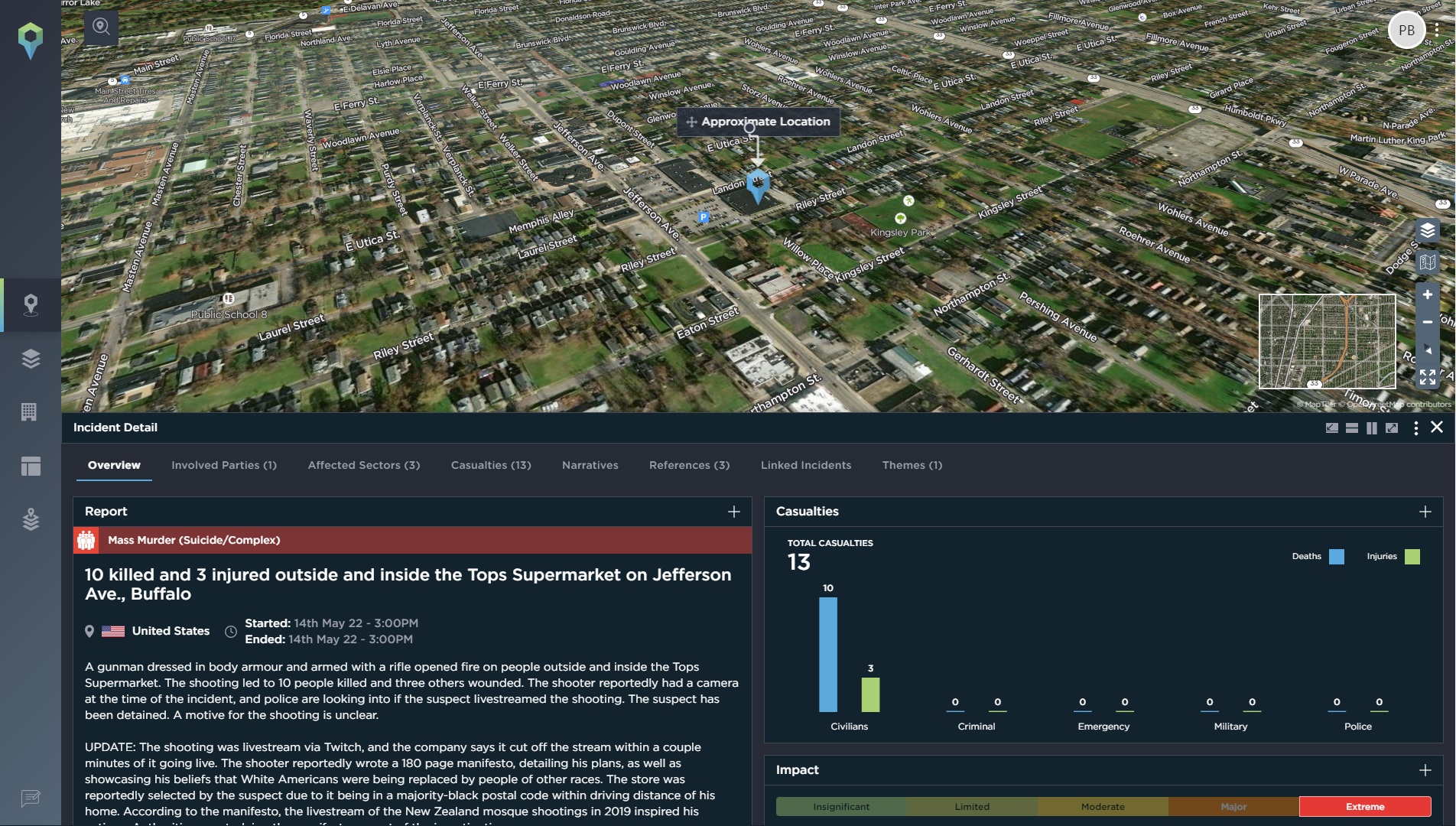
Buffalo shooter Payton S. Gendron posted a 180 page manifesto before targeting a supermarket in a predominantly black community [image source: Intelligence Fusion]
These actions and the material posted by the attackers led to media scrutiny of far-right ideology, with Gendron’s 180-page manifesto providing plenty of newspaper lines and commentary. But while the contents of the manifesto may have been shocking, it was not new. In fact, the manifesto explicitly referenced other white supremacist shooters and manifestos they had published. These shooters all targeted different groups of people, in different locations, sometimes in different countries: Anders Behring Breivik in Norway, 2011; Dylann Roof in Charleston, South Carolina 2015; and John Earnest in Poway, California, 2019. Also in 2019: Brenton Tarrant in Christchurch, New Zealand and Patrick Crusius in El Paso, Texas. The manifestos written by these killers range from short 4-page documents to 1515 pages filled with graphs, charts and photos.
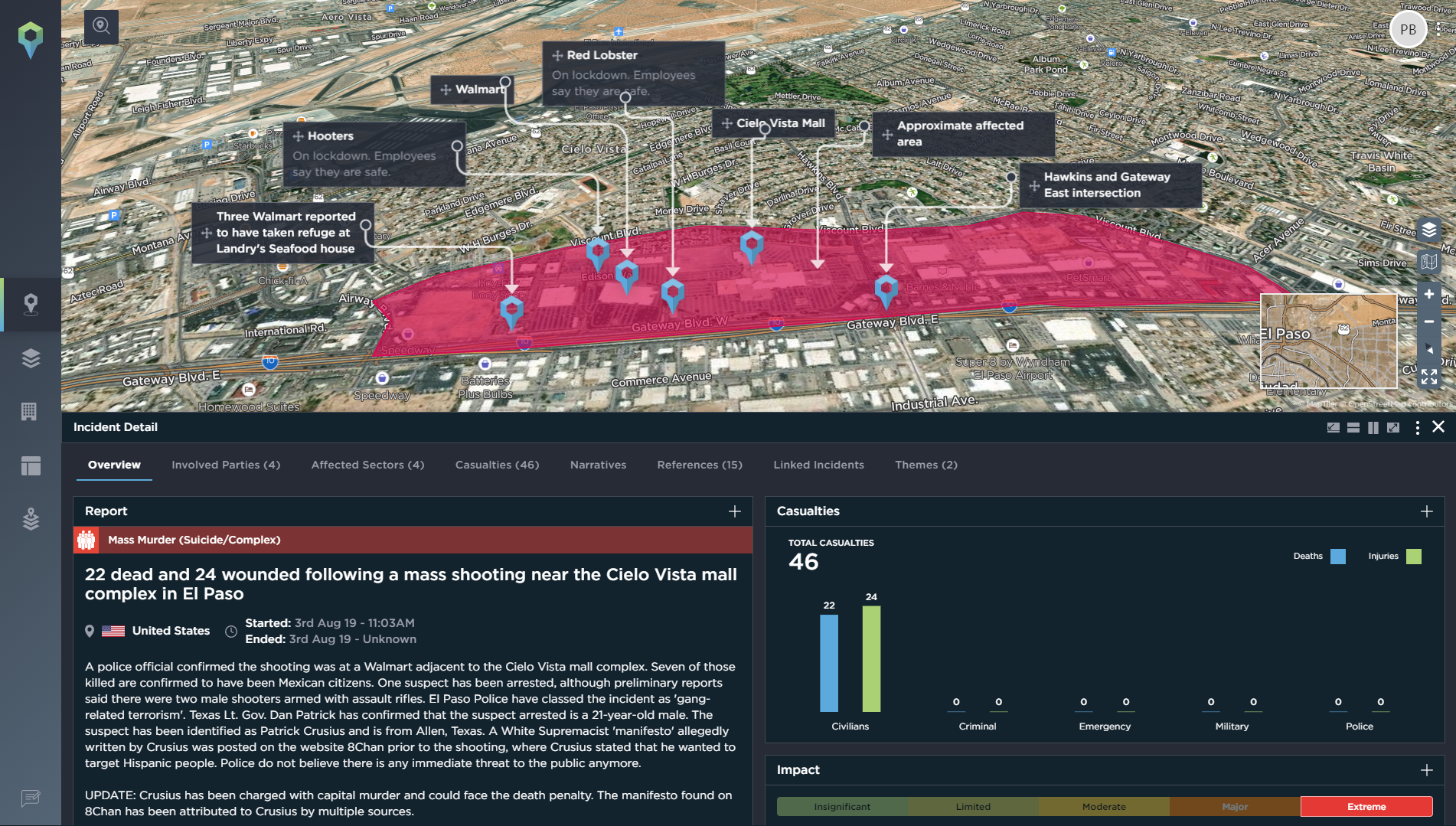
El Paso shooter Patrick Crusius posted his white supremacist manifesto onto 8chan prior to the shooting, where he said he wanted to target Hispanic people [image source: Intelligence Fusion]
Far-right terrorist manifestos: What do they contain?
While the manifestos vary in their exact content, the prevalent themes present in all manifestos is white supremacy and the great replacement conspiracy theory. Genocide of white people or a clash of civilisations is regarded as inevitable, and their attacks are justified as self-defence.
However, the group who is believed to be at fault changes for each individual. Breivik and Tarrant were most concerned with immigration from Muslim countries: Tarrant targeted Muslims directly at two mosques, and Breivik targeted those he believed were aiding Muslim immigration when he attacked a Norwegian government building and a youth socialist gathering. John Earnest attacked a synagogue as a result of feeling threatened by Jewish people. For Dylann Roof, it was African Americans and for Patrick Crusius, it was Hispanics. The former attacked an African-American church and the latter a supermarket in a Hispanic area. Payton S. Gendron, the alleged Buffalo supermarket shooter, specifically targeted a supermarket in a predominantly black neighbourhood and surveyed the site beforehand.
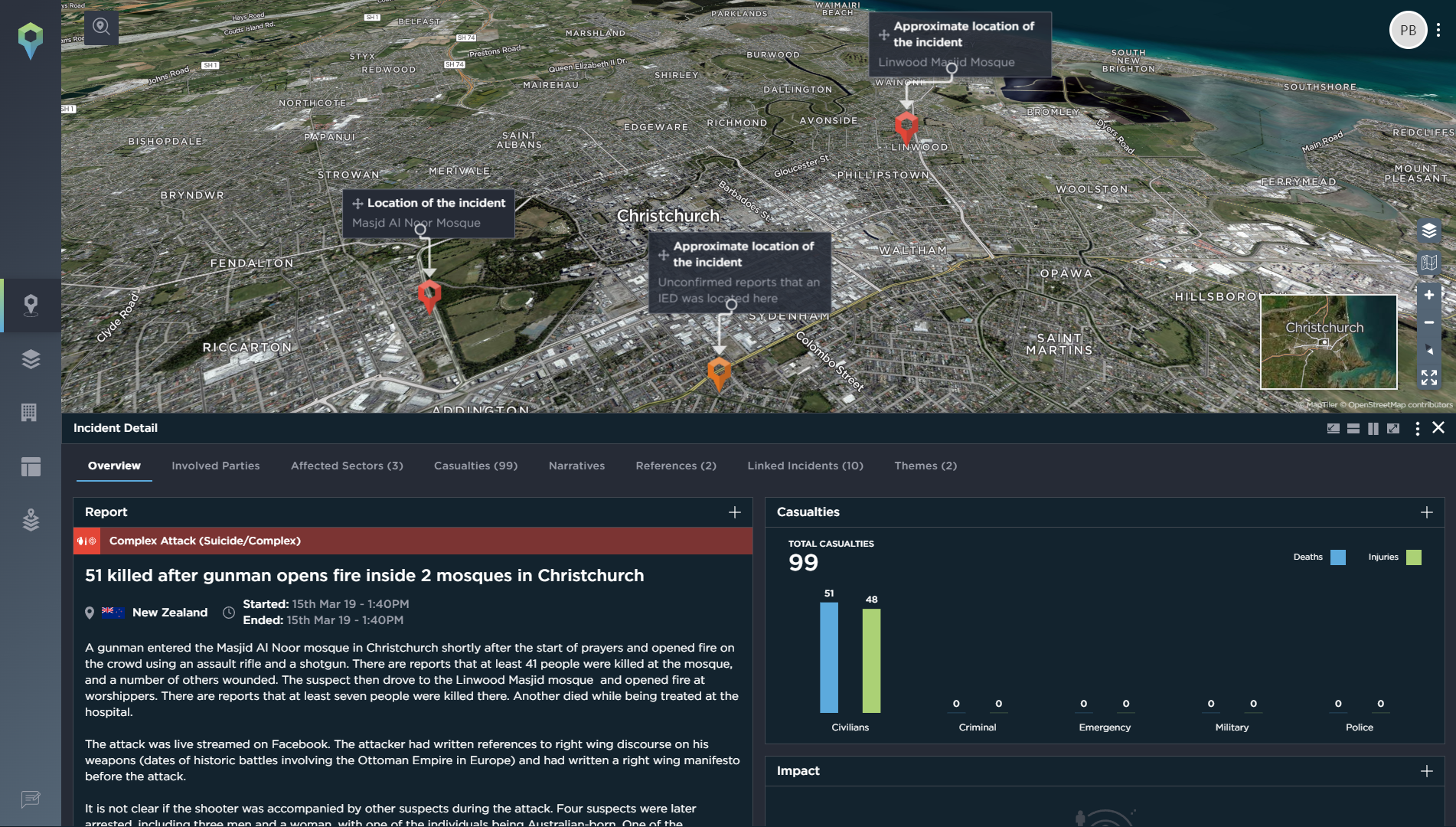
Christchurch shooter Brenton Tarrant targeted Muslims at two mosques; he had written references to right wing discourse on his weapons as well as publishing a white supremacist manifesto beforehand [image source: Intelligence Fusion]
Within the manifestos, there appears to be what is described as “terrorist baton passing” where the terrorists refer to each other and their respective goals. This spread of the use of manifestos has been noted by the U.S. Department of Homeland Security’s Strategic Framework for Countering Terrorism and Targeted Violence as effective in inspiring other attackers. Indeed, rather than just paying homage to other terrorists, Gendron appears to have plagiarised large parts of his from Brenton Tarrant.
While replacement theory is the predominant focus with white European populations perceived to be demographically and culturally replaced with non-white peoples, there are also many conflicting themes present in the manifestos. Some of these are surprising within the subject of white supremacism. Chief among these is antisemitism. John Earnest attacked a synagogue and his manifesto is unsurprisingly hostile towards Jewish people. Payton Gendron was also explicitly anti-Semitic and picked his target accordingly. However, other manifestos feature antisemitism but not to the same degree: Roof explicitly singles out Jewish “identity” rather than ethnicity as a problem and Tarrant believes if a Jewish person resides in Israel, they are not a threat. Breivik on the other hand does not share anti-Semitic views or seem hostile to the state of Israel, he believes Islam is a threat to Judaism and that Israel is an ally that must be protected.
There are also references to environmental concern and eco-fascism. Tarrant refers to himself as an “Ethnonationalist Eco-fascist” and links preservation of nature to ethnic autonomy and imagines an idealised future of “green nationalism” where the land and the (segregated) people living off it have a working symbiotic relationship. He views his eco-friendly, monoethnic society in direct opposition to global capitalism with its imported goods and cheap labour. Similarly, Crusius links corporations to climate damage and the future crisis for coming generations. Ultimately, for him, the damage done to the environment by corporations is due their desire to increase market share by selling to immigrants. To sustain the human population, he desires a decrease in the population. This concern of overpopulation is also echoed by Tarrant but obviously only in connection with the non-white population. Although eco-fascism is certainly not a new ideology, its confluence with anti-immigration sentiments suggests a new development in far-right thinking.
While examination of these writings may lead to greater insight to far-right terrorism they must not be taken at face value. Tarrant, Earnest and Gendron were active on message boards like 4chan and 8chan, as was Highland Park shooter Robert Crimo III. These websites and others like it exhibit a subculture where violence is glorified, although this occurs ironically or using comedic memes. Tarrant’s contained some jokes regarding video games “Spyro the dragon 3 taught me ethno-nationalism. Fortnite trained me to be a killer and to floss on the corpses of my enemies” and other ludicrous examples that feature heavily among “chan culture”. He even decorated his weapon with memes and referenced Youtuber PewDiePie. The use of jokes or irony should be noted before definitively assigning ideologies or beliefs.
Combating the influence of far-right manifestos
Ultimately, the production of far-right manifestos is increasingly common and they appear to be influential in ways that are previously unheard of within far-right terrorism. Anders Behring Breivik was referenced by the Christchurch shooter who was in turn referenced by the Buffalo supermarket shooter. Manifestos are also used by these perpetrators to justify their actions and to reference the current political climate, much like other terrorists will release statements to justify the rationality of their attacks and demonstrate why they have strategically chosen to use violence.
On the surface, it may seem like a titanic struggle to stop the spread of these insidious ideas but lessons can be learned from the methods used to counter jihadi terrorist propaganda. The cooperation of social media companies in limiting the spread of jihadi propaganda and identifying the persons associated with these accounts has made it easier to arrest suspects. The social media habits of the far-right including extensive use of the internet and subcultures within it warrant further scrutiny, and as social media is reported as playing some role in the mobilisation and radicalisation of 68% of lone actor extremists it should be viewed as an opportunity for law enforcement and intelligence agencies to exploit individuals.
There have been suggestions that by examining the content of extremist manifestos and then using Linguistic Inquiry and Word Count, a text analysis tool, to examine message boards or social media that law enforcement can identify indicators that occur prior to attacks. While this article has focussed specifically on written manifestos, the use of digital technology to film attacks and disseminate them after should also be noted and countered as was the case with so called “selfie Jihad” as these may be as potent or more potent than a written manifesto for propaganda purposes. As previously stated, “baton passing” appears to be an important part of this strain of far-right terrorism so quick and efficient censoring of propagated material may prevent further radicalisation.
Tracking incidents of far-right extremism, white nationalism and forms of racial hatred such as anti-Semitism should be a key concern for security professionals as well as state authorities. As evidenced above, the potential for radicalised actors to escalate from online rhetoric, or relatively minor real-world incidents such as vandalism or protest marches, into extreme acts of violence, means that monitoring these threats is of upmost importance. Because of this, as well as having dedicated themes on the Intelligence Fusion platform mapping incidents of far-right extremism, neo-Nazi activity and anti-Semitism, we also have experience of monitoring extremist online activity and compiling reports on this for our clients. If you’d like to learn more about either of these services, or see the platform in action for yourself, book some time with a member of our team today.

